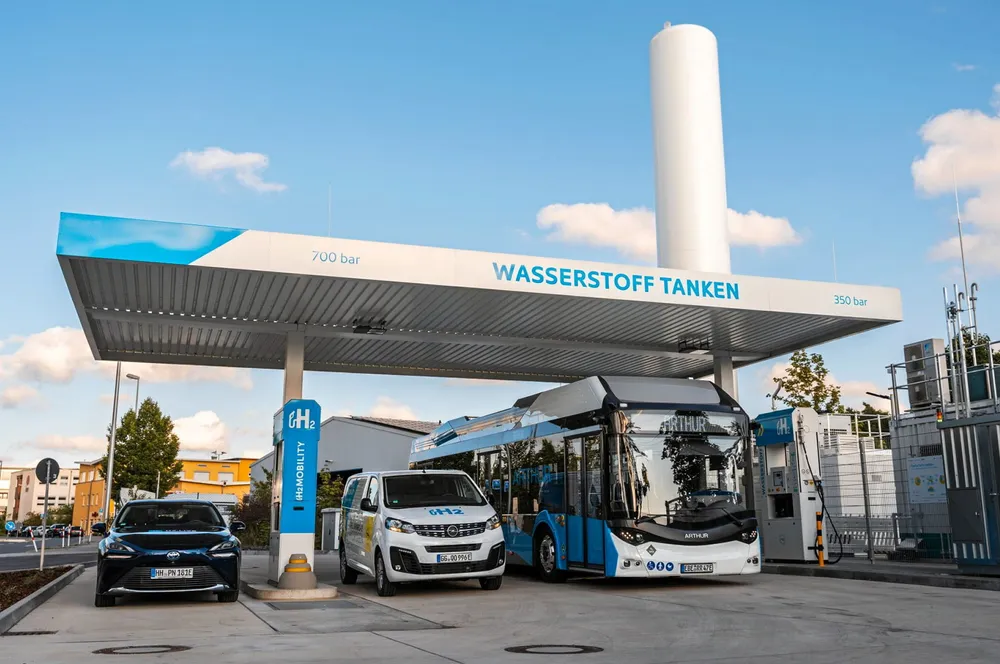Hundreds of hydrogen filling stations to be installed across Europe, and shipping forced to cut emissions, after EU plans become law
The Alternative Fuels Infrastructure Regulation (AFIR) and FuelEU have been published in the Official Journal of the European Union
